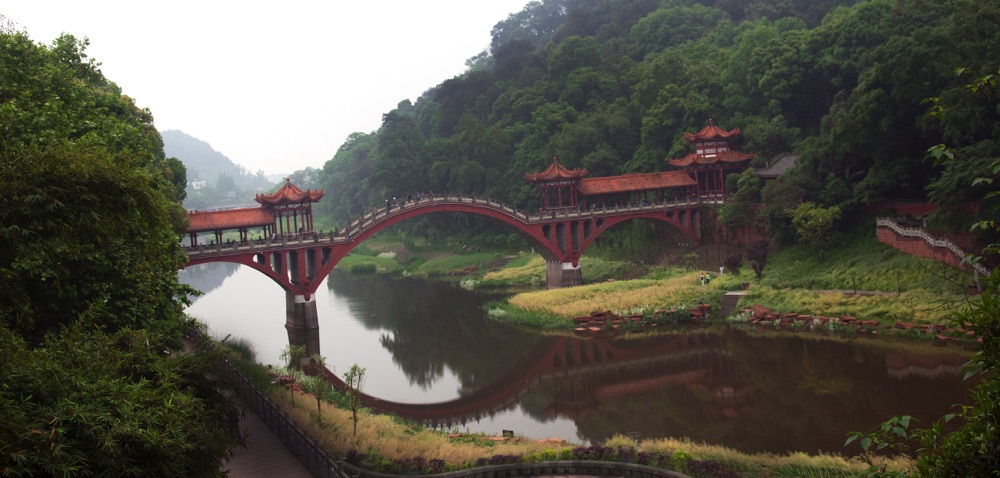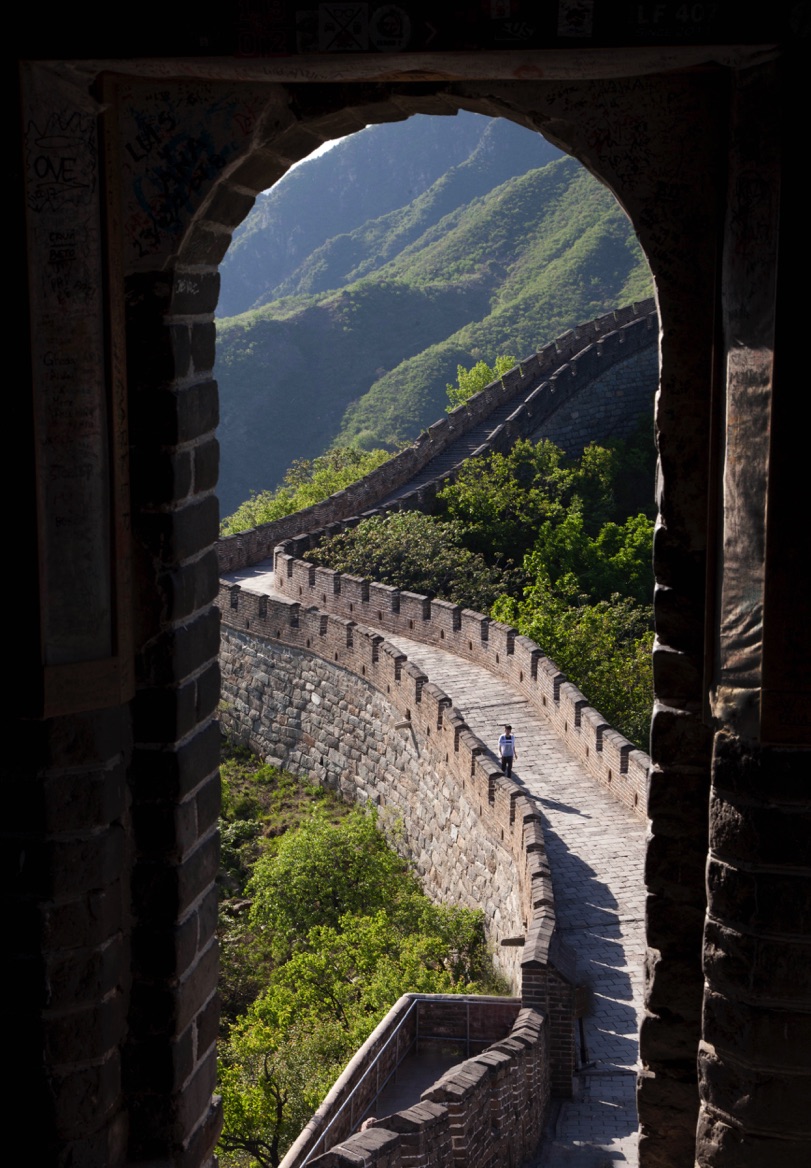
The Great Wall of China
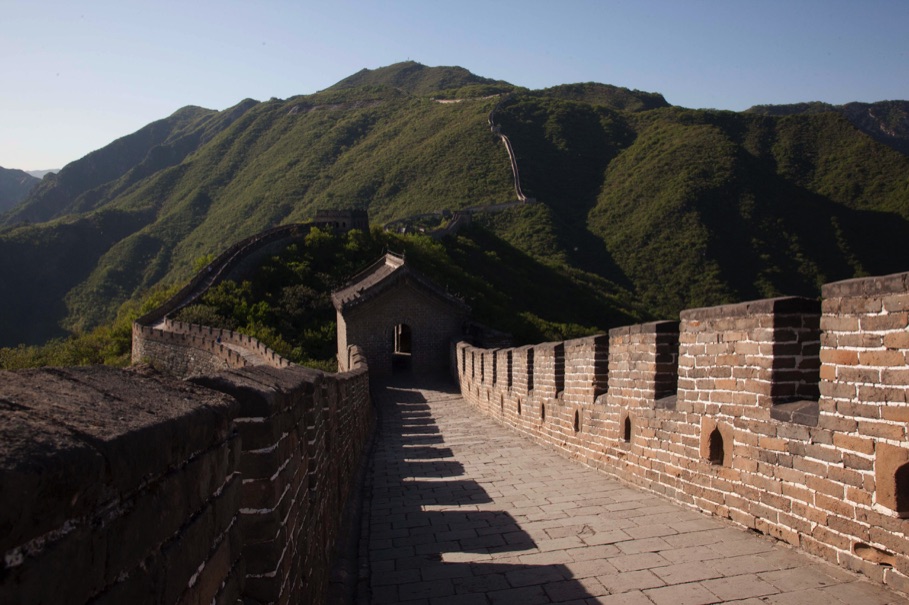
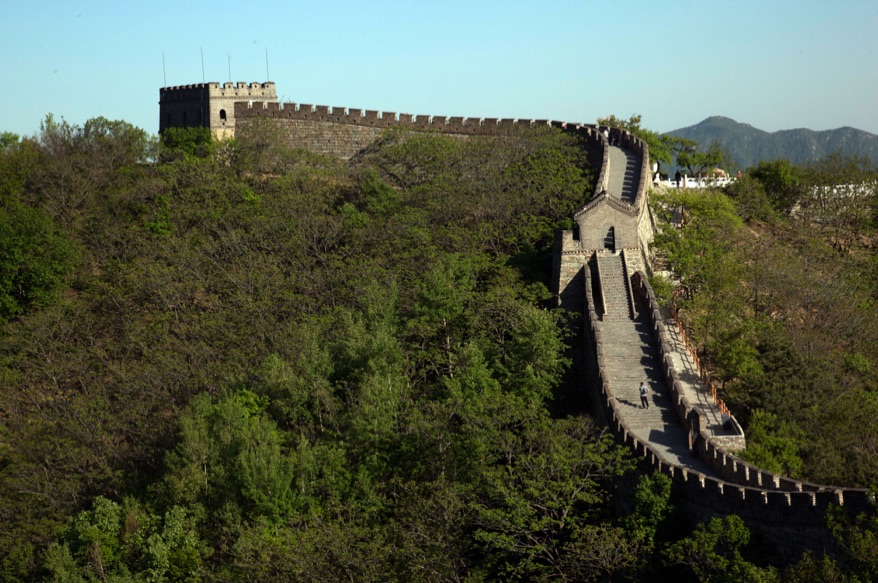
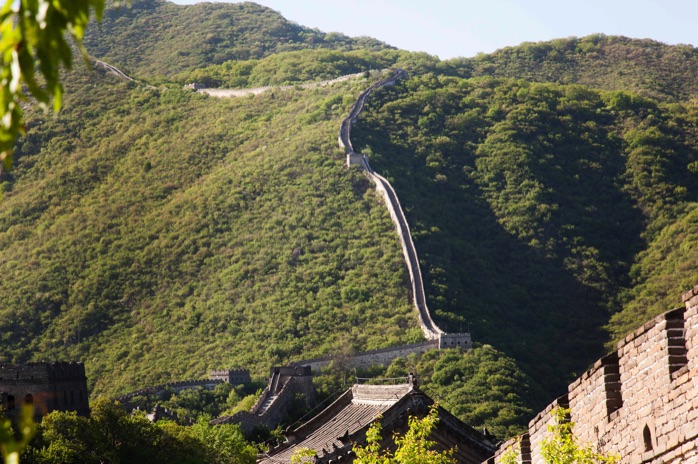
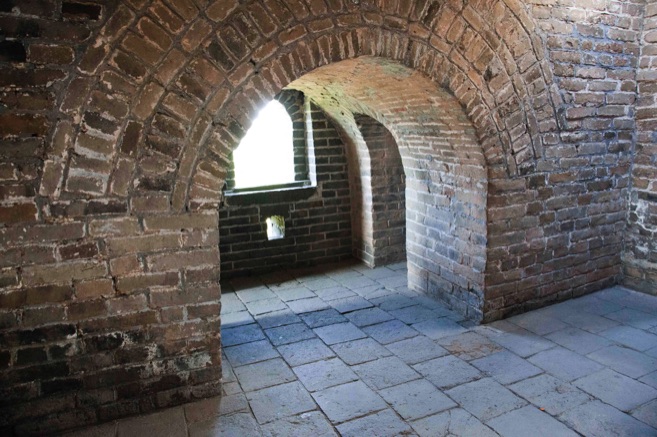
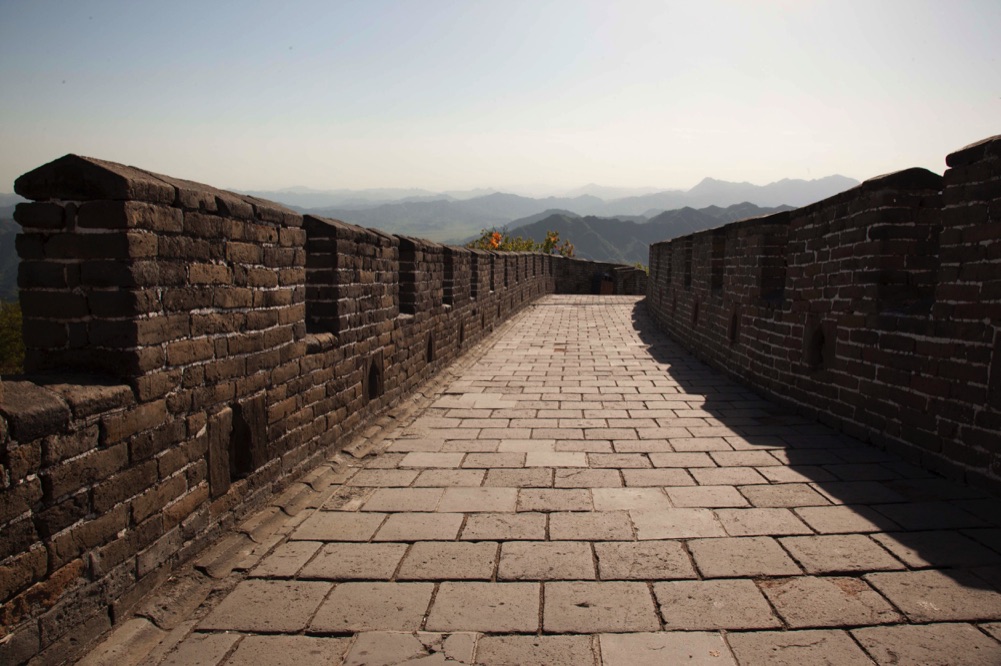
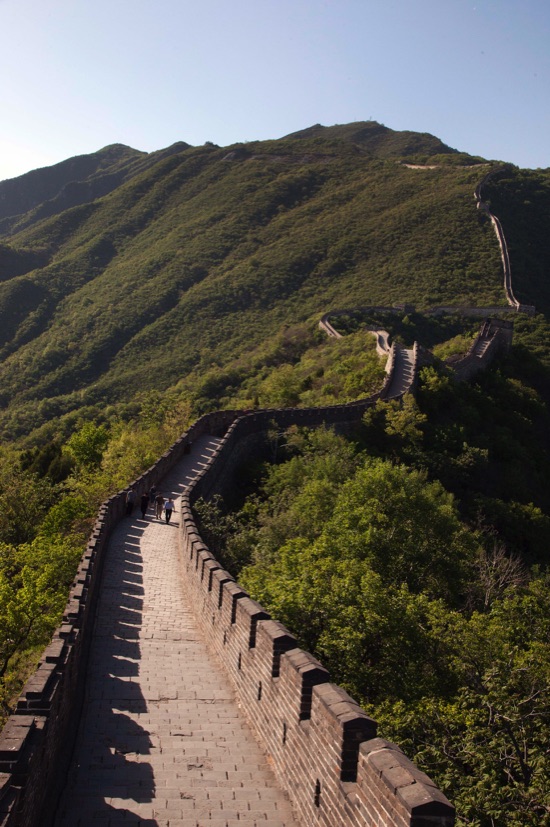
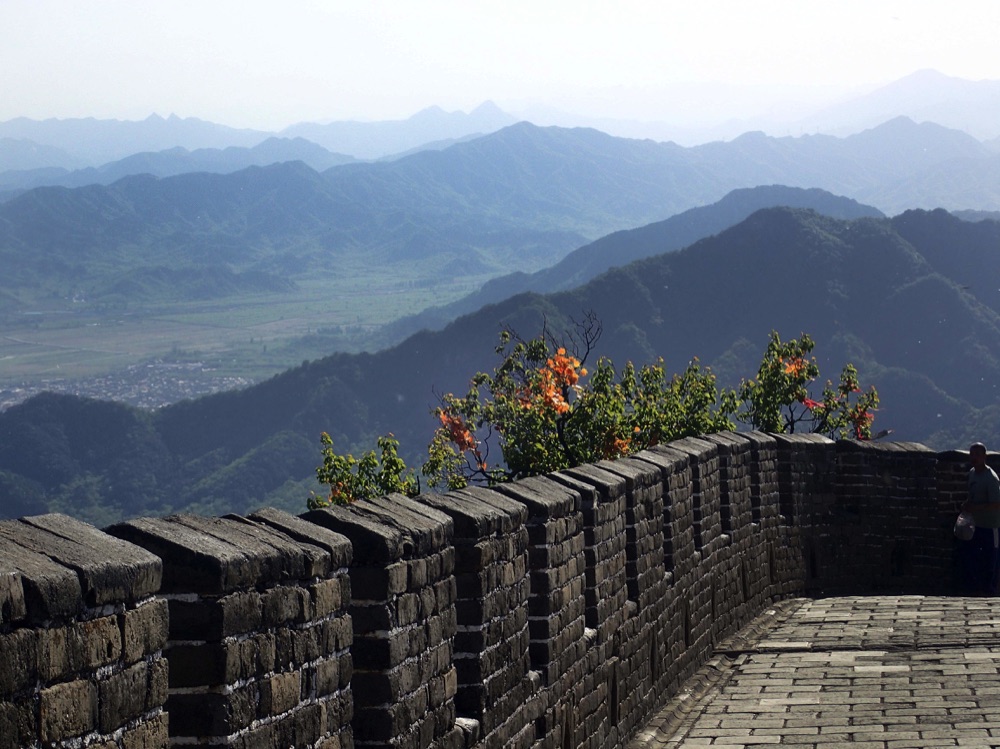
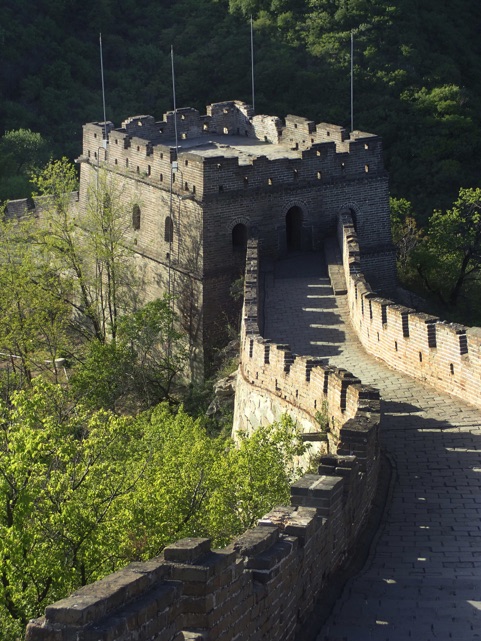
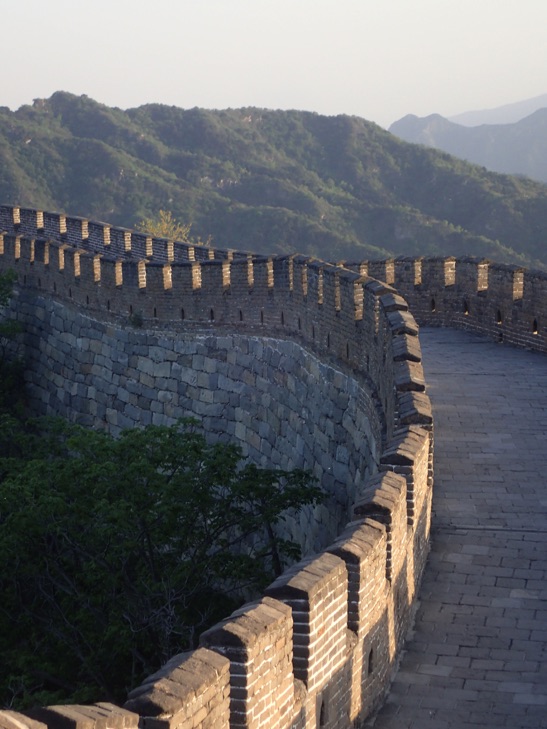
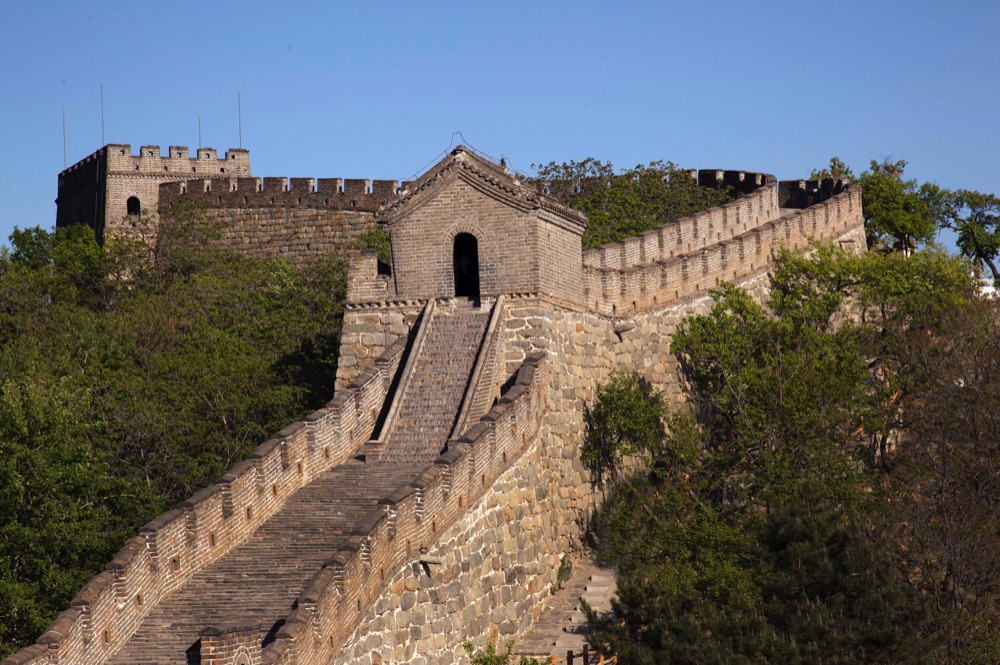
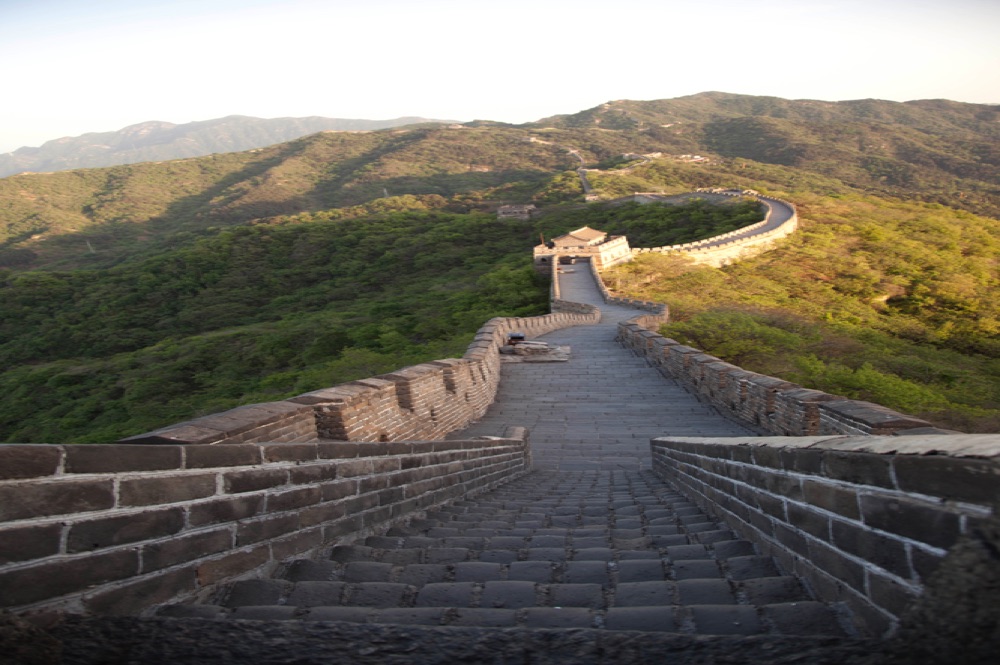
The Wall is actually an ancient series of wall and fortifications joined together over a 2,300 year period, totaling over 13,000 miles in length
The Warriors are terracotta sculptures, an army to protect the first Emperor of China in the after-life.
(Scroll down for more Warriors)
The Wall was built to defend against invading nomads from Mongolia, and later as border control on the Silk Road.
Archeological studies show that the Great Wall and all its branches may have spanned over over 13,000 miles. There are over 5,000 miles exposed.
We visited the Mutianyu portion of the Wall.
Over 2000 years, many imperial dynasties and kingoms built, rebuilt and extended the wall many times. Much of the original wall has eroded.
The last imperial construction was done by the
Ming Dynasty (1368-to 1644). That constuction took over 200 years with a wall that spanned over 3,700 miles.
Watchtowers were built along the wall differing distances apart. The towers were a way soldiers could watch enemy movements and signal the next tower with smoke or fire.
There are a total of 25,000 towers along the wall, the distance between differing from 1 mile to 3 miles
The towers could pass information about whether the number of invaders was 100 or 500 or more by the number of beacon fires at night or smoke signals during daytime.
The towers were also for storage and as living quarters for the soldiers.The supplies would be enough to sustain the troops through a long seige.
With the Ming laborers' rigorous craftsmaship and the improved brick-making technology, wall contruction was quicker and the stucture more solid. Most of the Great Wall was built using granite bricks and sticky rice as the binding agent.

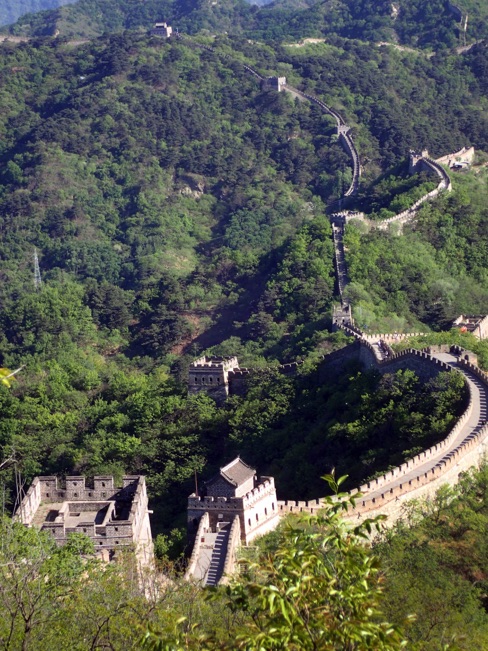
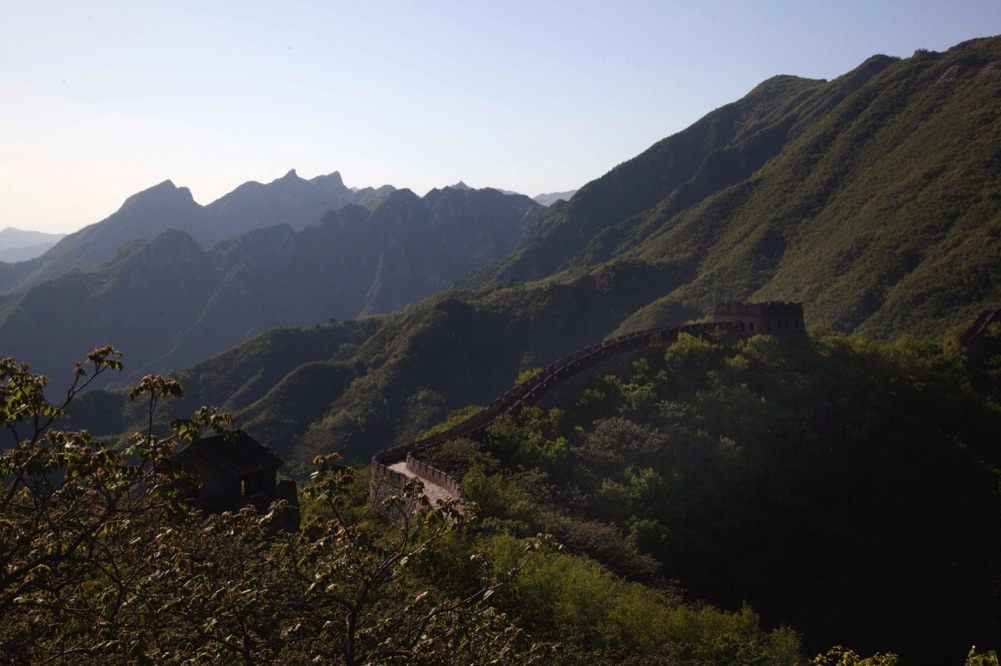
Wide ramparts allowed troops to move quickly from point to point.
The beautiful surrounding mountain ranges and valleys make a stunning frame for the Wall.
A large portion of wall was constructed about
221 B.C. during the Qin Dynasty.
It's said that one million soldiers and laborers worked on that project.
The Terracotta Warriors
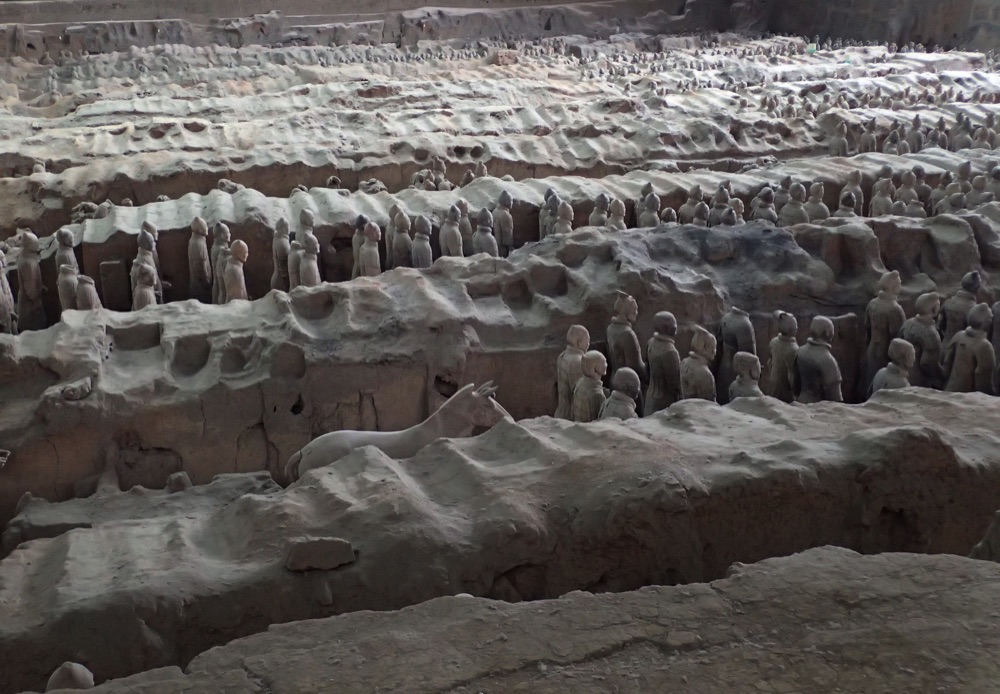
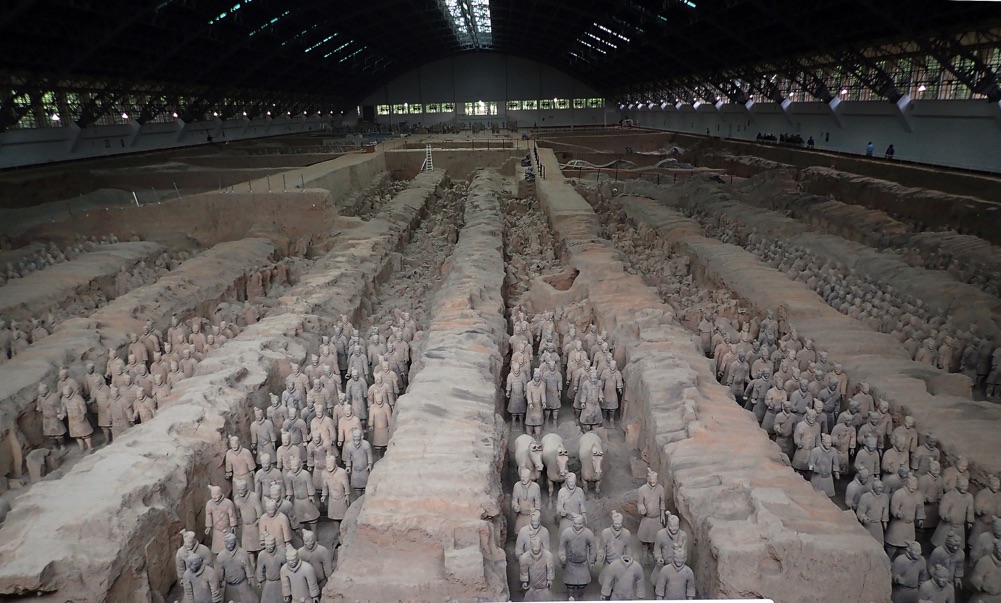
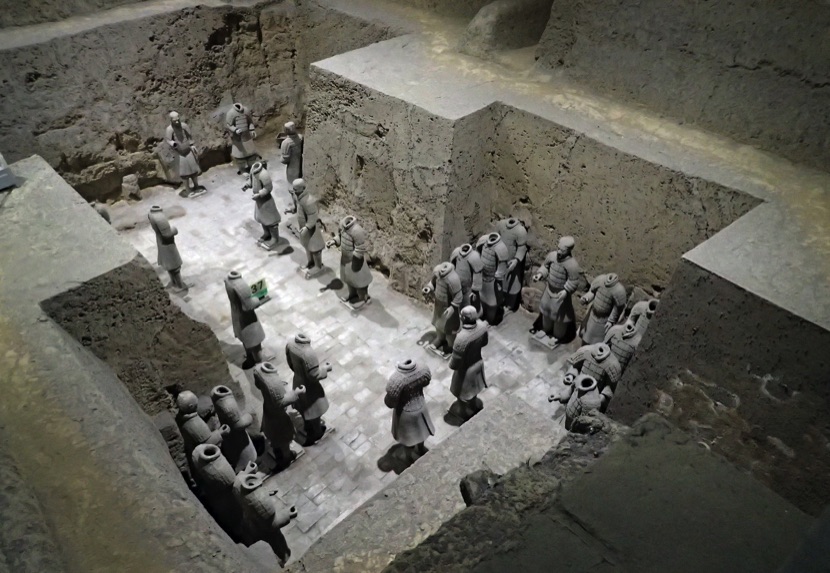
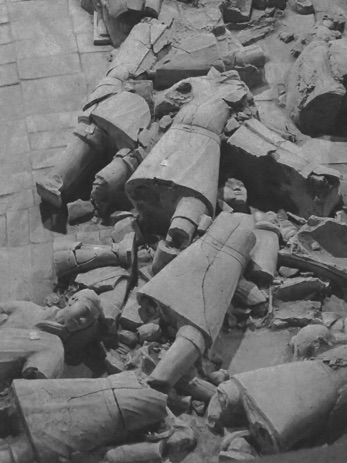
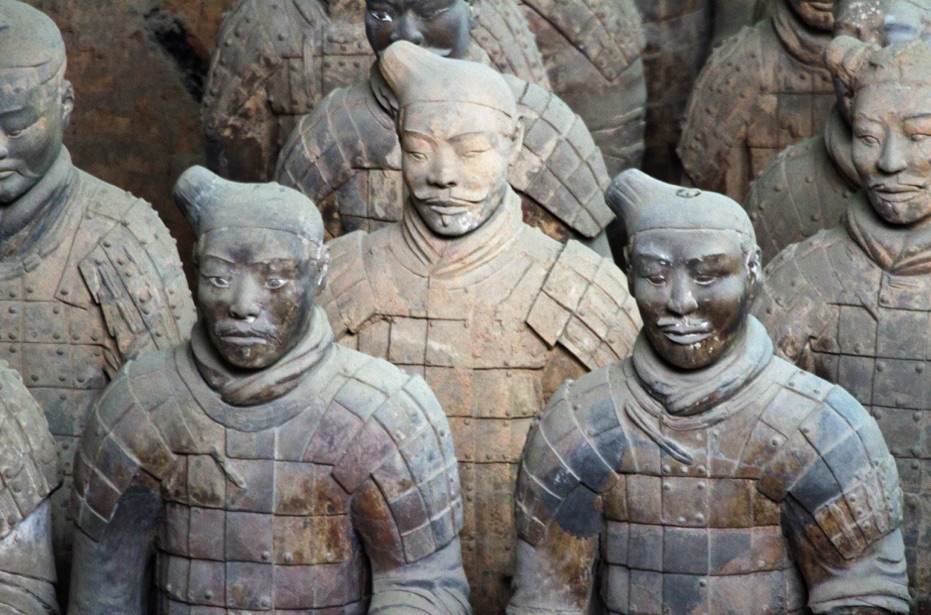
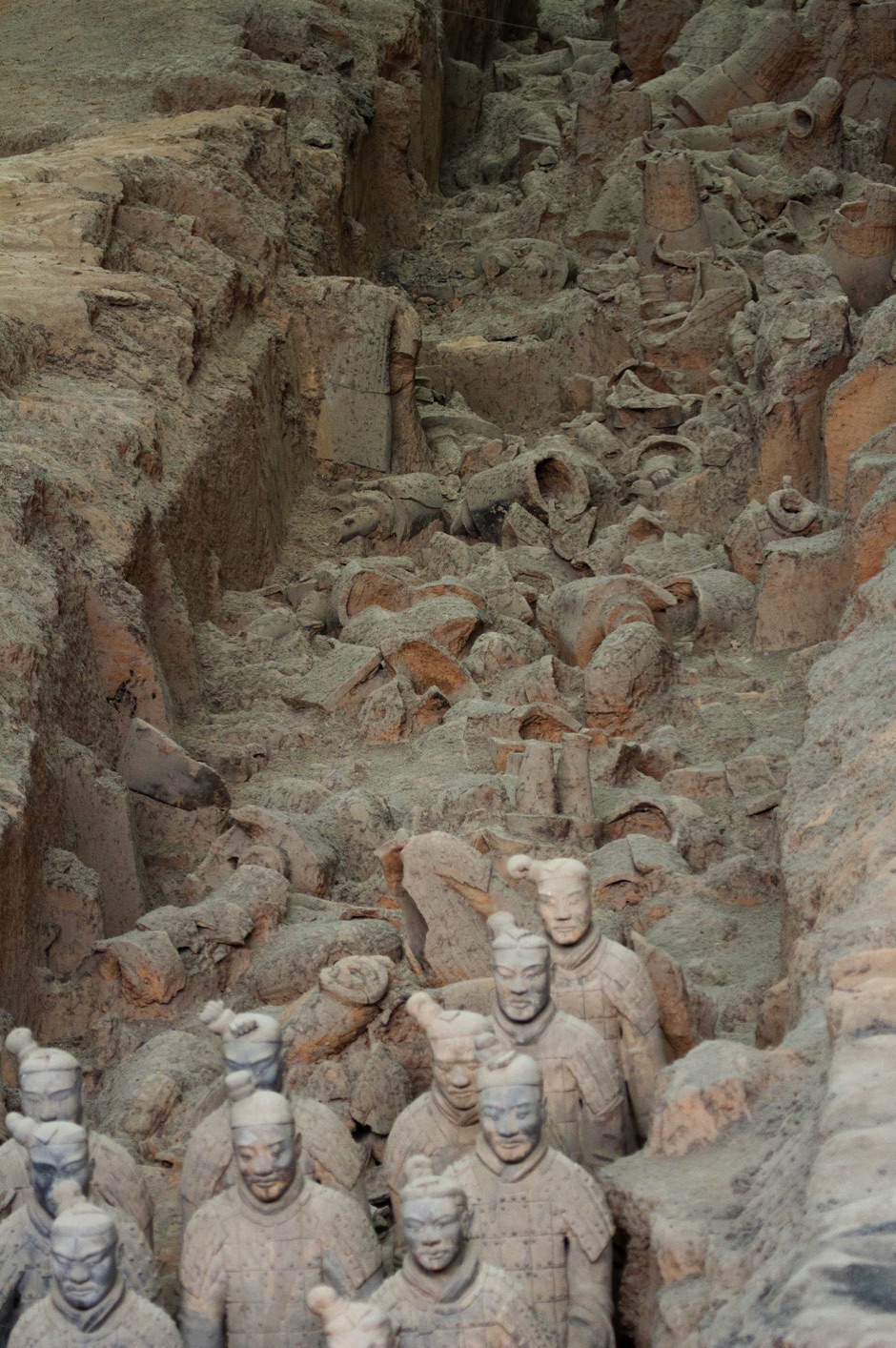
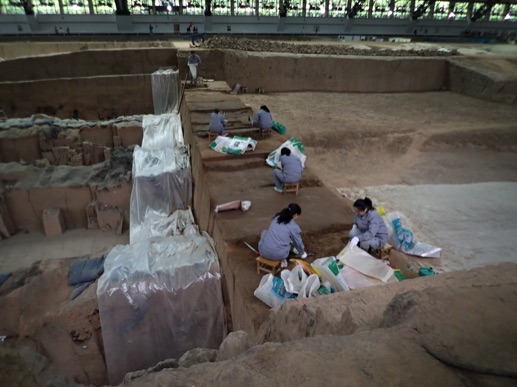
The earliest wall construction was around 656 B.C. by the Chu State.
In 1974 peasant farmers were digging a well near present day Xi'an. At a depth of a little over 12 feet they found pottery fragments and then the clay torso of a man.
Archaelogists have been working the site ever since.
The army turned out to be guarding the mausoleum of the first Emperor of China,Qin Shihaung.
He had ordered the construction begun at age 13,
as he ascended the throne in 246 B.C.
Over 700,000 workers were involved in the construction of the necropolis, taking over 40 years to complete.
Qin was entombed there in 210 B.C.
A large portion of the Great Wall was also built during the Qin Dynasty.
From the three pits that have been uncovered, it is estimated that the Terracotta Army was made up of more that 8,000 soldiers, 130 chariots, with 520 horses and 150 cavalry horses.
The army is a very small part of the Qin necropolis which ground-penetrating radar shows to encompass a 38 square mile area.
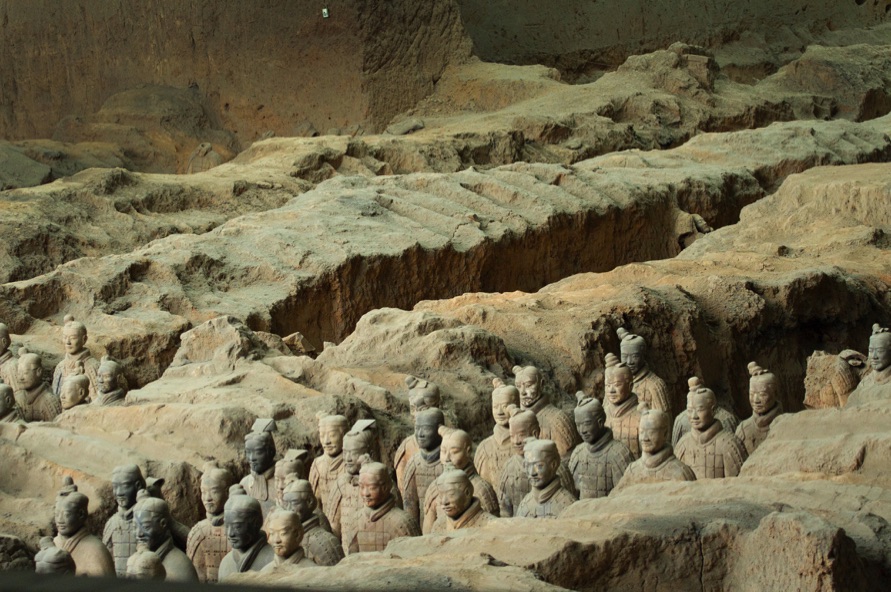
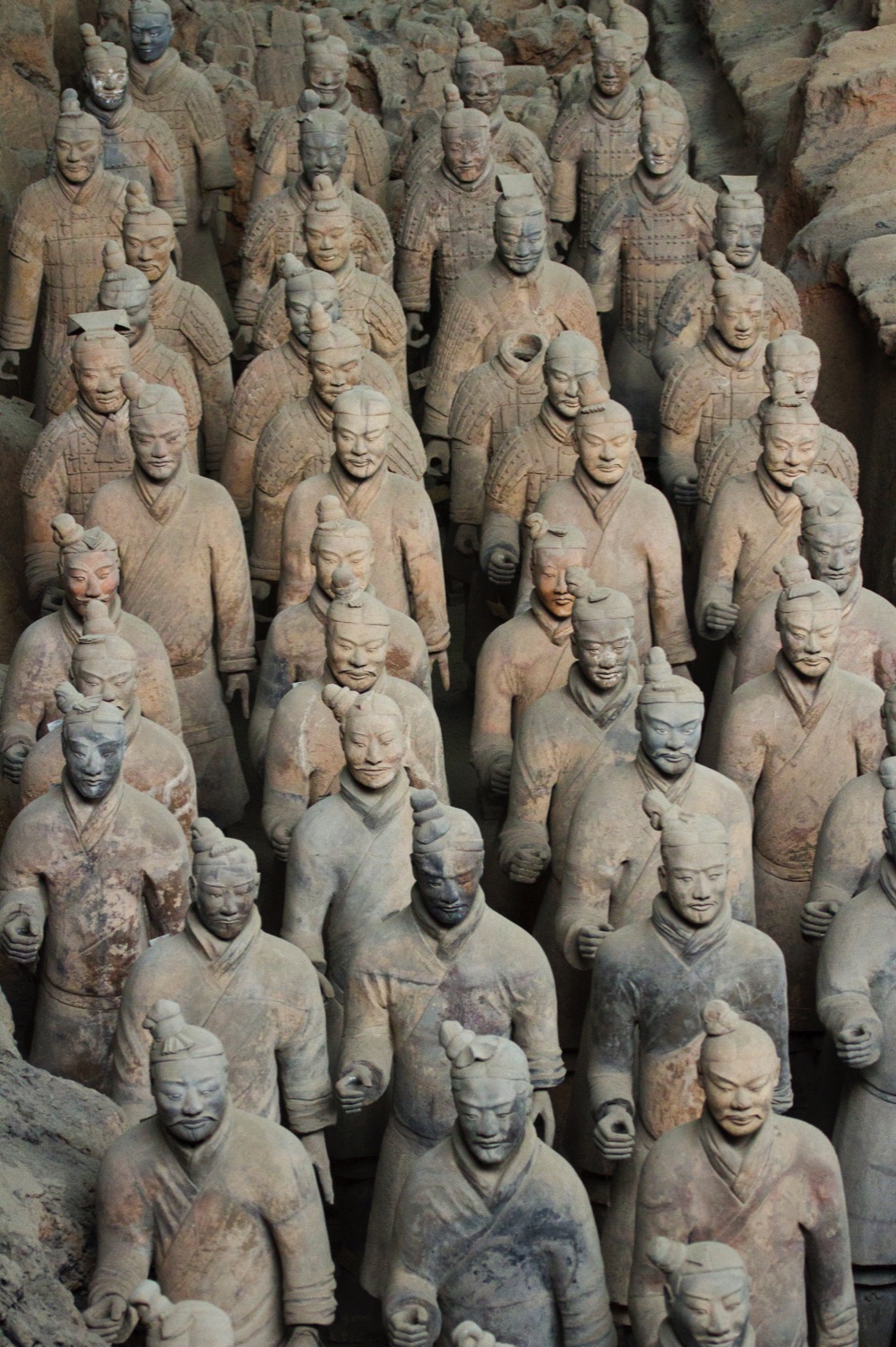
The facial features for the 8,000 soldiers are all different. Research has shown that there were probably ten basis face shapes, with detail added later.
Only one terracotta soldier, an archer, was found intact. The army is being reconstructed by very exacting and painstaking work.
The lady on the right here is working on a shoe.
The soldiers orginally held real weapons.Many of the weapons were missing, suggesting the site had been looted at some time in the past.
The Warriors were originally painted with bright pigments that faded quickly on contact with air.
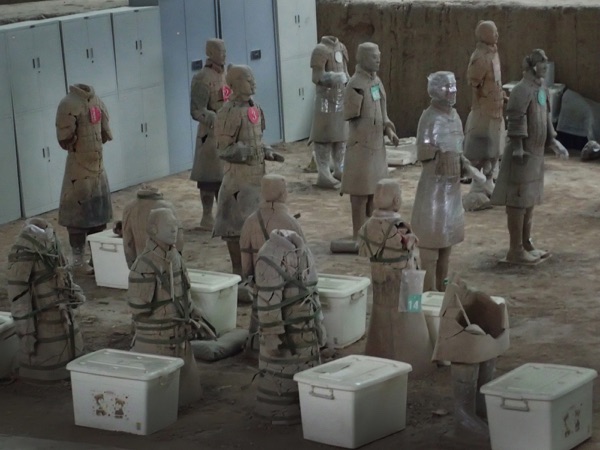
The army was originally covered over with a wooden ceiling, covered with reed mats and clay, supported by wood posts and rafters. Over the 2000 years, the structure collapsed and the site was eventually covered with up to 16 feet of red sandy soil.
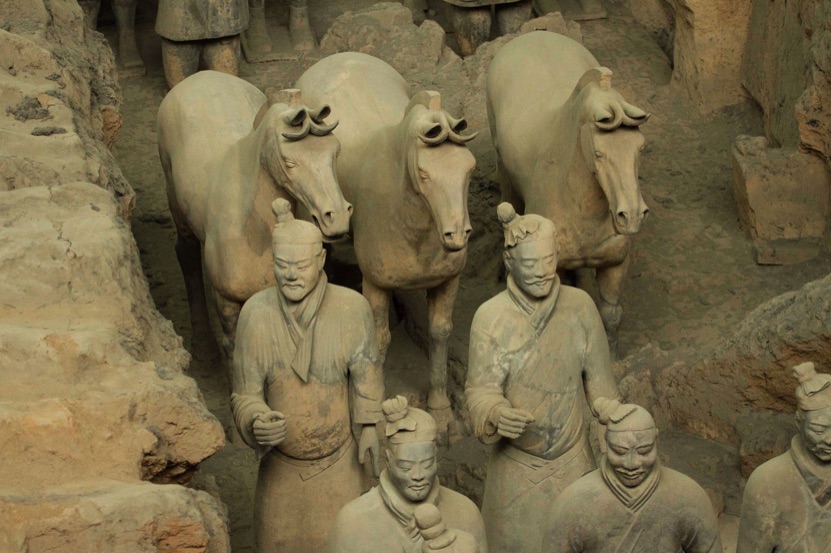
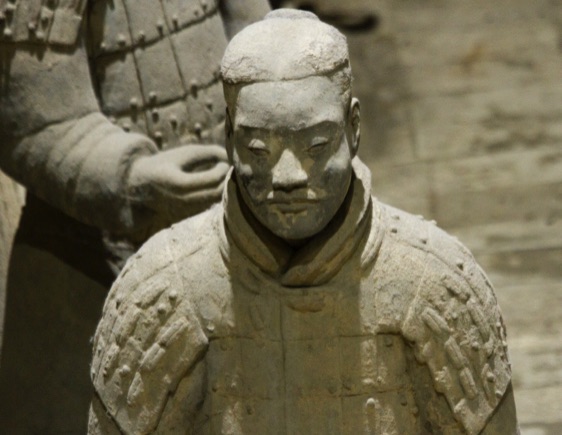
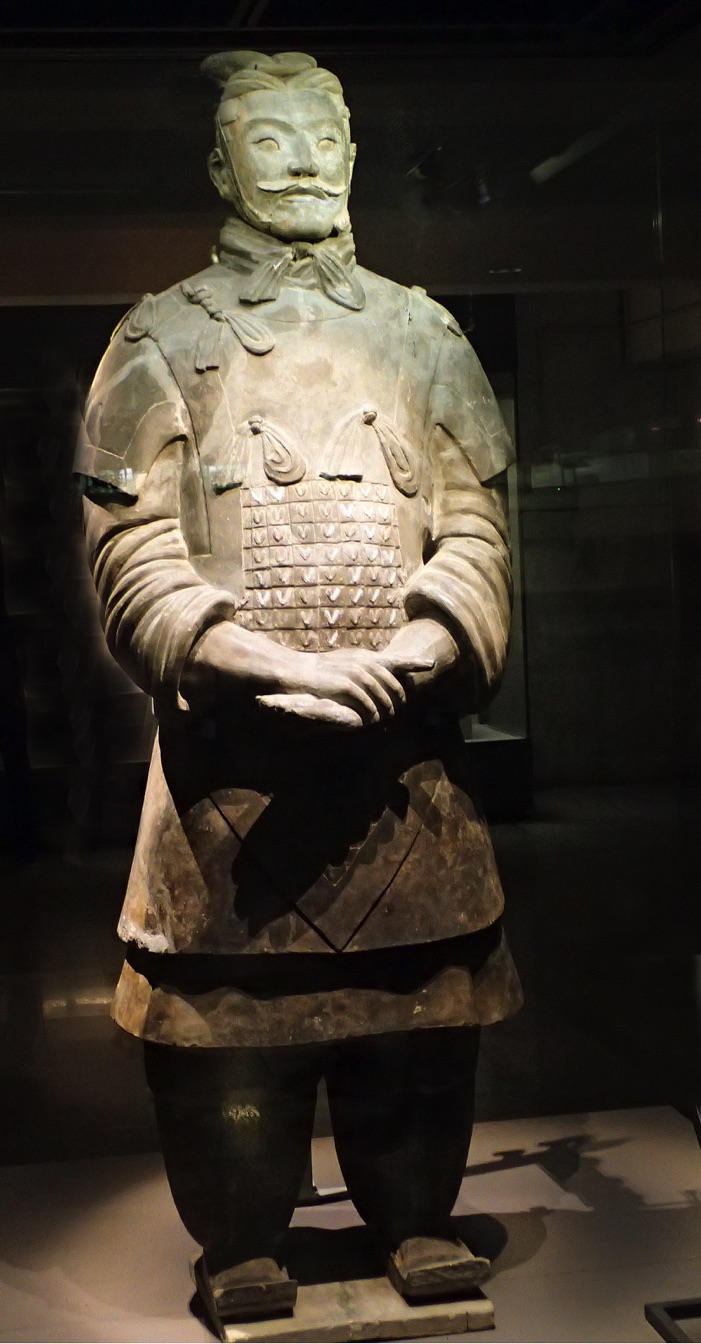
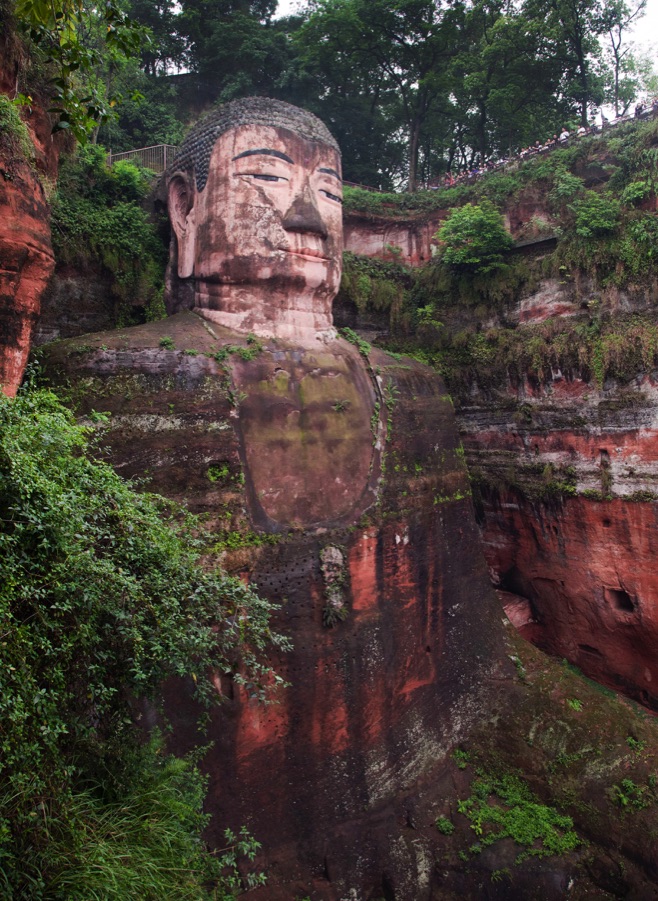
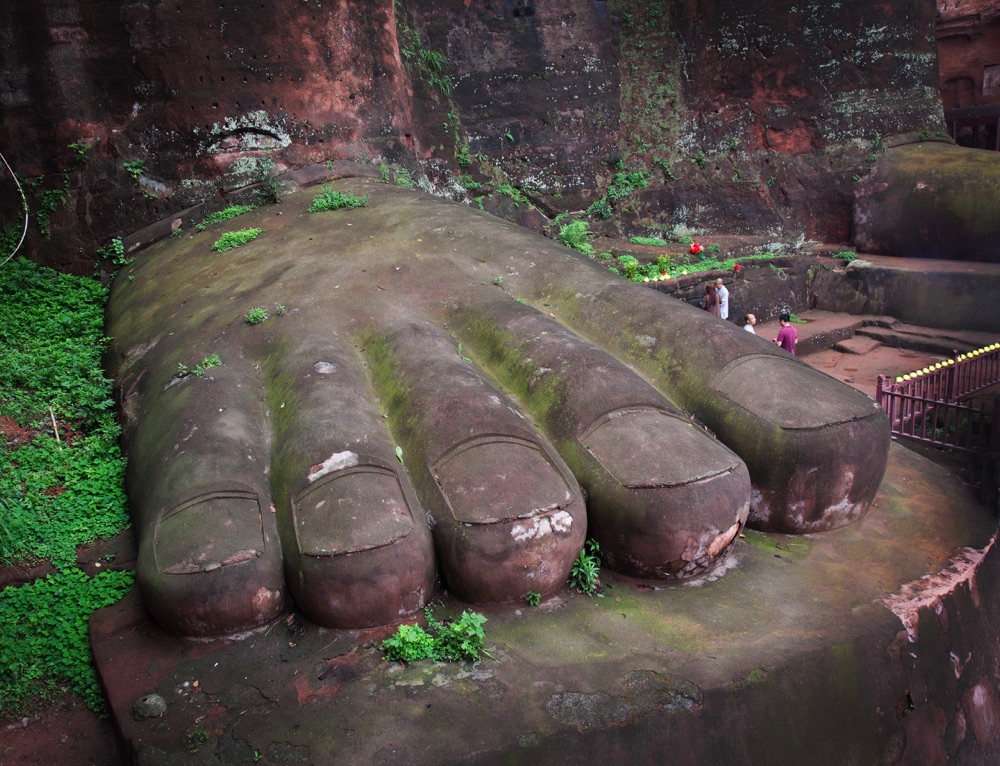
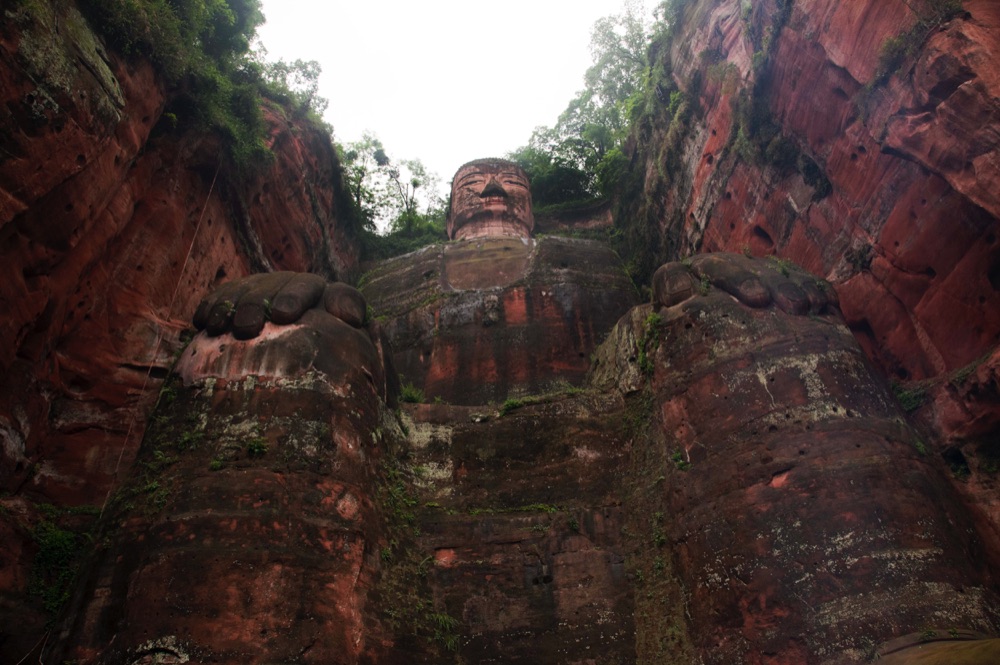
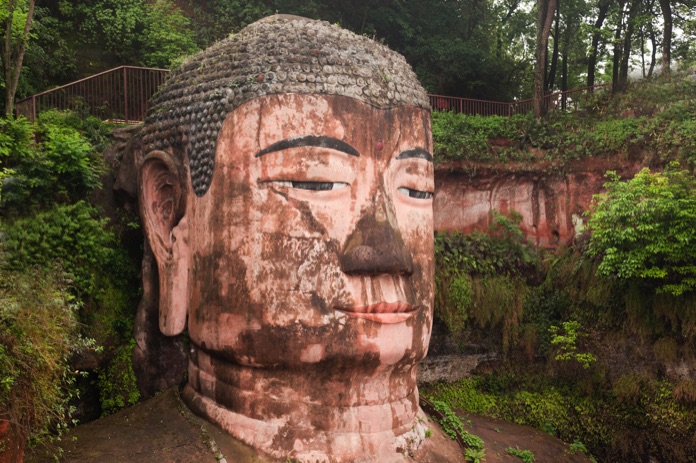
Located in the Sichuan Province, it is over 1,300 years old.
The Leshan Giant Buddha
The statue is 10 stories high, 233 feet, and if the statue stood upright, it would be eye to eye with the Statue of Liberty.
It was begun in 713 A.D. by a Monk named Hai Tong during the Tang Dynasty. It was built to appease the river gods of the turbulent, deadly waters below it.
It took 90 years to complete, and involved thousands of workers
Carved out of the hillside of Xijuo Peak, it is the largest stone Buddah in the world.
The entire statue is made of stone except the 23 foot ears, which are made of wood and decorated with mud.
The Leshan Bridge
